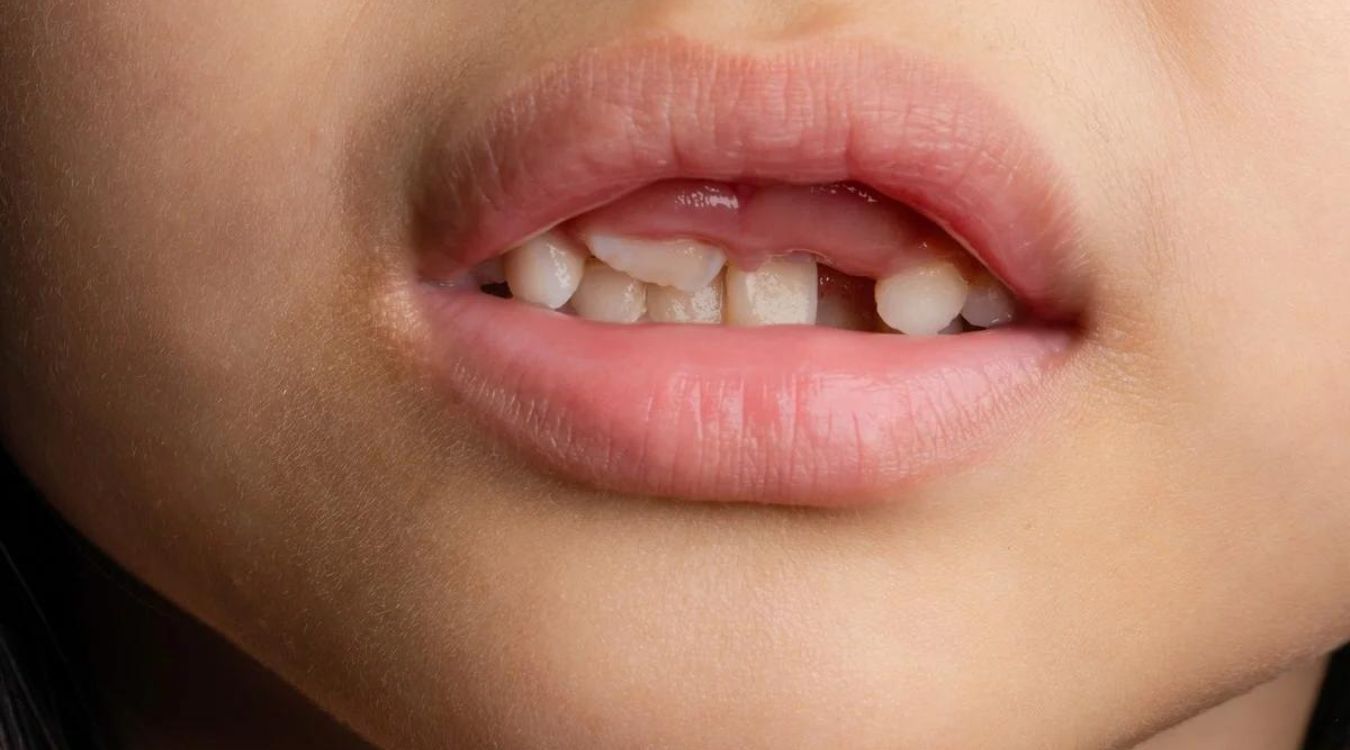
Oculo Dento Digital Dysplasia (ODDD) is a rare genetic disorder affecting the eyes, teeth, and fingers. ODDD can cause a range of symptoms, including vision problems, dental abnormalities, and distinctive finger shapes. This condition is caused by mutations in the GJA1 gene, which plays a crucial role in cell communication. ODDD is inherited in an autosomal dominant pattern, meaning only one copy of the altered gene is needed to cause the disorder. People with ODDD may experience varying degrees of severity, even within the same family. Understanding ODDD can help those affected manage symptoms and improve their quality of life. Let's dive into 30 intriguing facts about Oculo Dento Digital Dysplasia to shed light on this unique condition.
Key Takeaways:
- Oculo-Dento-Digital Dysplasia (ODDD) is a rare genetic disorder affecting eyes, teeth, and fingers. It requires multidisciplinary care and ongoing support for individuals and families, including genetic testing and specialized treatments.
- Research into ODDD is ongoing, with potential future treatments like gene therapy and clinical trials. International collaborations and awareness campaigns are crucial for advancing research and finding new treatments.
What is Oculo-Dento-Digital Dysplasia?
Oculo-Dento-Digital Dysplasia (ODDD) is a rare genetic disorder that affects the eyes, teeth, and fingers. This condition is caused by mutations in the GJA1 gene, which encodes the protein connexin 43. Here are some fascinating facts about ODDD.
-
ODDD is inherited in an autosomal dominant manner, meaning only one copy of the mutated gene is needed for the disorder to manifest.
-
The GJA1 gene mutation disrupts the function of connexin 43, a protein crucial for cell communication.
-
Symptoms of ODDD can vary widely, even among family members with the same mutation.
-
Eye abnormalities in ODDD can include microphthalmia (small eyes), glaucoma, and cataracts.
-
Dental issues often seen in ODDD include small teeth, missing teeth, and enamel defects.
-
Digital anomalies are common, such as syndactyly (webbed fingers), camptodactyly (bent fingers), and clinodactyly (curved fingers).
How Does ODDD Affect the Body?
ODDD impacts multiple systems in the body, leading to a range of symptoms. Understanding these effects can help in managing the condition better.
-
Facial features in individuals with ODDD may include a long, thin nose and small nostrils.
-
Hearing loss can occur due to abnormalities in the inner ear.
-
Neurological issues such as developmental delays and intellectual disabilities are sometimes present.
-
Skin abnormalities like hyperkeratosis (thickened skin) can also be a symptom.
-
Bone abnormalities may include thin bones and an increased risk of fractures.
-
Heart defects are rare but can occur, including issues with the heart valves.
Diagnosis and Treatment
Diagnosing and treating ODDD involves a multidisciplinary approach due to its varied symptoms.
-
Genetic testing is the most definitive way to diagnose ODDD.
-
Eye exams are crucial for detecting and managing glaucoma and other ocular issues.
-
Dental care is essential for addressing the unique dental problems associated with ODDD.
-
Orthopedic interventions may be needed for digital anomalies and bone issues.
-
Hearing tests can help identify and manage hearing loss early.
-
Neurological assessments are important for detecting developmental delays and intellectual disabilities.
Living with ODDD
Living with ODDD requires ongoing medical care and support. Here are some aspects to consider.
-
Regular check-ups with a team of specialists can help manage the various symptoms.
-
Support groups can provide emotional and practical support for individuals and families.
-
Educational support may be necessary for children with developmental delays.
-
Physical therapy can help improve mobility and function in individuals with digital anomalies.
-
Occupational therapy can assist with daily living skills and adaptive techniques.
-
Speech therapy might be needed for those with speech and language delays.
Research and Future Directions
Research into ODDD is ongoing, with scientists looking for better ways to understand and treat this condition.
-
Animal models are being used to study the effects of GJA1 mutations.
-
Gene therapy is a potential future treatment that could correct the underlying genetic mutation.
-
Clinical trials are exploring new medications and interventions for managing symptoms.
-
Patient registries help researchers collect data and track the natural history of ODDD.
-
International collaborations are crucial for advancing research and finding new treatments.
-
Awareness campaigns aim to educate the public and healthcare professionals about ODDD.
Final Thoughts on Oculo Dento Digital Dysplasia
Oculo Dento Digital Dysplasia (ODDD) is a rare genetic disorder affecting eyes, teeth, and fingers. Understanding its symptoms and genetic roots helps in early diagnosis and better management. ODDD often presents with eye abnormalities like microphthalmia, dental issues such as enamel hypoplasia, and digital anomalies like syndactyly. Genetic testing confirms the diagnosis, revealing mutations in the GJA1 gene. While there's no cure, supportive treatments improve quality of life. Regular check-ups with specialists ensure timely interventions. Awareness and education about ODDD empower families and healthcare providers to address challenges effectively. Sharing knowledge about this condition fosters a supportive community, aiding those affected. By staying informed and proactive, we can make a significant difference in the lives of individuals with ODDD.
Frequently Asked Questions
Was this page helpful?
Our commitment to delivering trustworthy and engaging content is at the heart of what we do. Each fact on our site is contributed by real users like you, bringing a wealth of diverse insights and information. To ensure the highest standards of accuracy and reliability, our dedicated editors meticulously review each submission. This process guarantees that the facts we share are not only fascinating but also credible. Trust in our commitment to quality and authenticity as you explore and learn with us.
